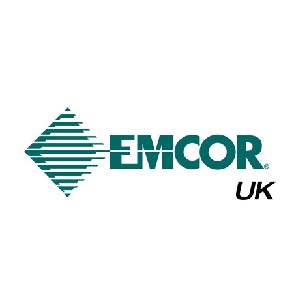As a young graduate in my first job, I was keen to make a difference and work on something aimed at moving the business forward. I distinctly remember one of my managers stretching back in his chair and uttering the words “I **** hate change!”
It made me laugh, probably because he knew as well as I did that taking such a position was counterproductive and ultimately futile. Change in business is an absolute certainty and it’s what makes an organisation stronger and better equipped to take on its competitors. In order for it to be successful however, it needs to be properly planned and delivered well.
At Axentia, we aim to make these changes less daunting. We work with you collaboratively, focusing on two fundamental areas of change leadership:
- Defining strategic change opportunities
- Leading transformation programmes
The first can often lead to the second or alternatively the transformation programme leadership can be carried out after an organisation has already defined its change requirements.
Defining strategic change opportunities
Many tools are available to help define the strategic direction of a business, either from a blank sheet of paper or developed from thinking that has already been carried out. To implement structure, we use the LücidityTM strategy software platform to build the framework for an organisation’s strategy, incorporating the experience of our own team, together with any key players in our client’s business.
Leading transformation programmes
Transformation programmes can take many forms; for example, building a new facility, moving an existing operation or carrying out an organisational restructure. There are a number of key steps involved in a successful transformation programme. These include,
- Agreeing the programme aims, scope and timing with the client, along with measures of success
- Breaking the programme down into a suitable number of workstreams (for example, an operational move and expansion shown alongside) and agree leaders and people resource for both – this can be drawn from both inside and outside the client’s business
- Agreeing programme governance structures and reporting requirements. We map the stakeholders to help define this
- Setting budgets
- Working up the detail at workstream level – activities, actions, risks, resource
- Execution and course correct when necessary
The structure and detail can be flexed to suit the type of organisation/sector, but the overall approach will apply regardless of what type of business it is. After all, an organisation is simply a collection of people working on a common purpose. A transformation programme is an ideal opportunity to strengthen that purpose even further.

If you think your company would benefit from an organisational transformation and you need help devising a plan, please contact Simon Ward to start the discussion simon.ward@axentia.co.uk.







































